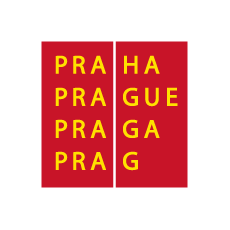Gautier Capuçon
& Jérôme Ducros
Programme
- Claude Debussy: Cello Sonata
- Johannes Brahms: Cello Sonata No. 1 in E minor Op. 38
- César Franck: Cello Sonata in A major
Performers
- Gautier Capuçon - cello
- Jérôme Ducros - piano
Price
Expected end of the event 21.35
Venue
Artinst-in-Residence Gautier Capuçon
Quarter century of friendship with Jérôm Ducros
The second of the three concerts of the cellist Gautier Capuçon, artist-in-residence at the 77th annual Prague Spring Festival, will be his recital with the pianist Jérôme Ducros. “He is my oldest musical partner; I’ve been playing with him since I was 15 years old,” says Capuçon about their quarter century of collaboration. Together at the Rudolfinum’s Dvořák Hall, they will perform the loveliest works of their shared repertoire – Debussy’s evocative Sonata for Cello and Piano, the Sonata in E minor by Johannes Brahms, and the sonata by César Franck. “I’ve been playing Brahms’s Sonata in E minor since I was 12 years old, so it reminds me of my youth,” confides the cellist. “It contains all of Brahms’s romanticism, but with its elegantly refined minuet as the second movement, it is very classical at the same time,” he adds. In 2022 it will have been exactly 200 years since the birth of César Franck. “His music will appear on lots of programmes”, says the festival programming director Josef Třeštík. “There is a whole big story told about the composing of Franck’s sonata”, explains Capuçon. “Franck was visited by the violinist Eugène Ysaÿe who is said to have seen two movements of a cello sonata written out. He was so enthusiastic that Franck then composed the remaining two movements for violin. So today the work is listed as a violin sonata, but it ought to be half and half,” says the cellist with a laugh. “I think we cellists deserve this work.”
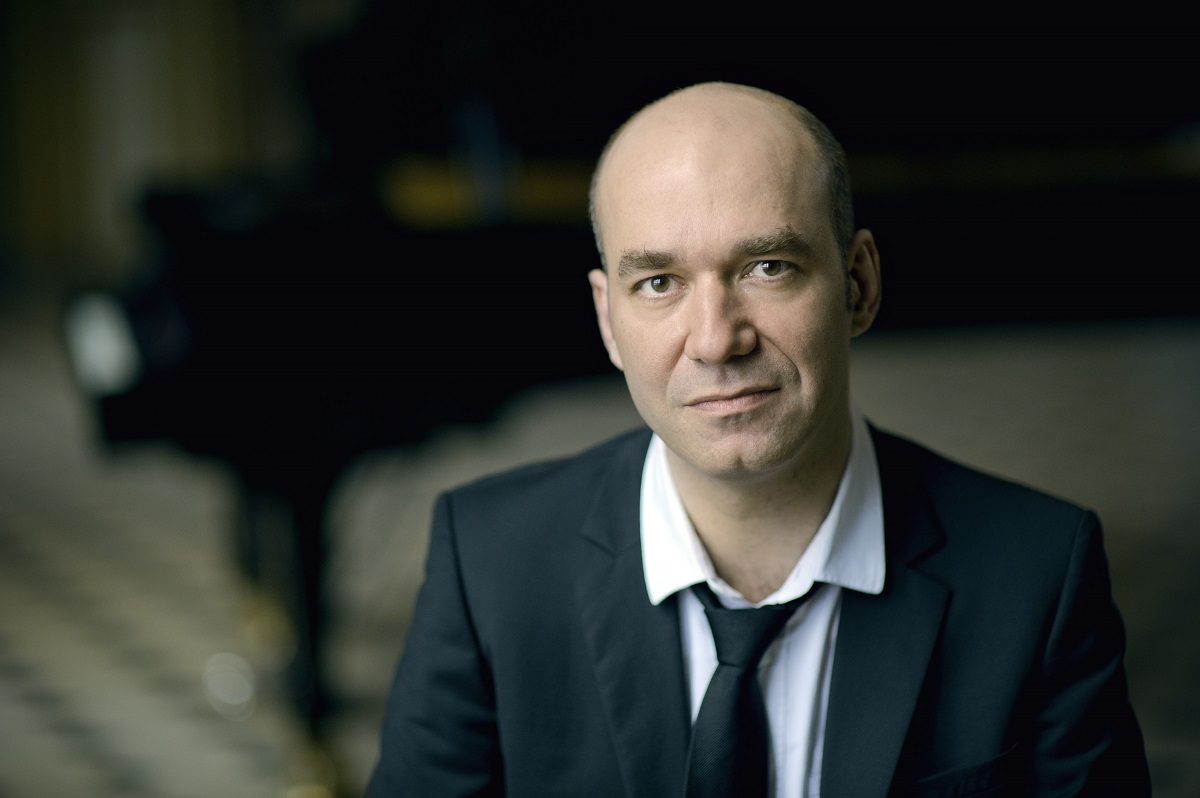
Father of modern music
Nearly a quarter century had passed since Claude Debussy had written his famous String Quartet before the composer returned to writing chamber music. Actually, at the time he was getting back to writing music at all—after the outbreak of the First World War, facing a struggle against cancer, he fell silent as a composer for nearly a year. In 1915, however, he went back to work fully energised. Among other things, he planned to write a cycle of six sonatas for various combinations of instruments, thereby paying tribute to French masters of the 18th century while highlighting the uniqueness of French culture during those uncertain times. By the time of his death, he had managed to write only three of those sonatas. The first, the Sonata for Cello and Piano in D minor, shows in less than 11 minutes that Debussy is rightly called the “father of modern music.” In it, he skilfully combines reminiscences of Baroque music with his own typical pentatonicism and playful handling of colour, adding a mix of modal harmonies, rhythmic surprises, and experimentation with the sonic possibilities of the cello in particular (glissando, flautando, pizzicato). It is with good reason that we regard this sonata as one of the most important works of the 20th-century cello literature.
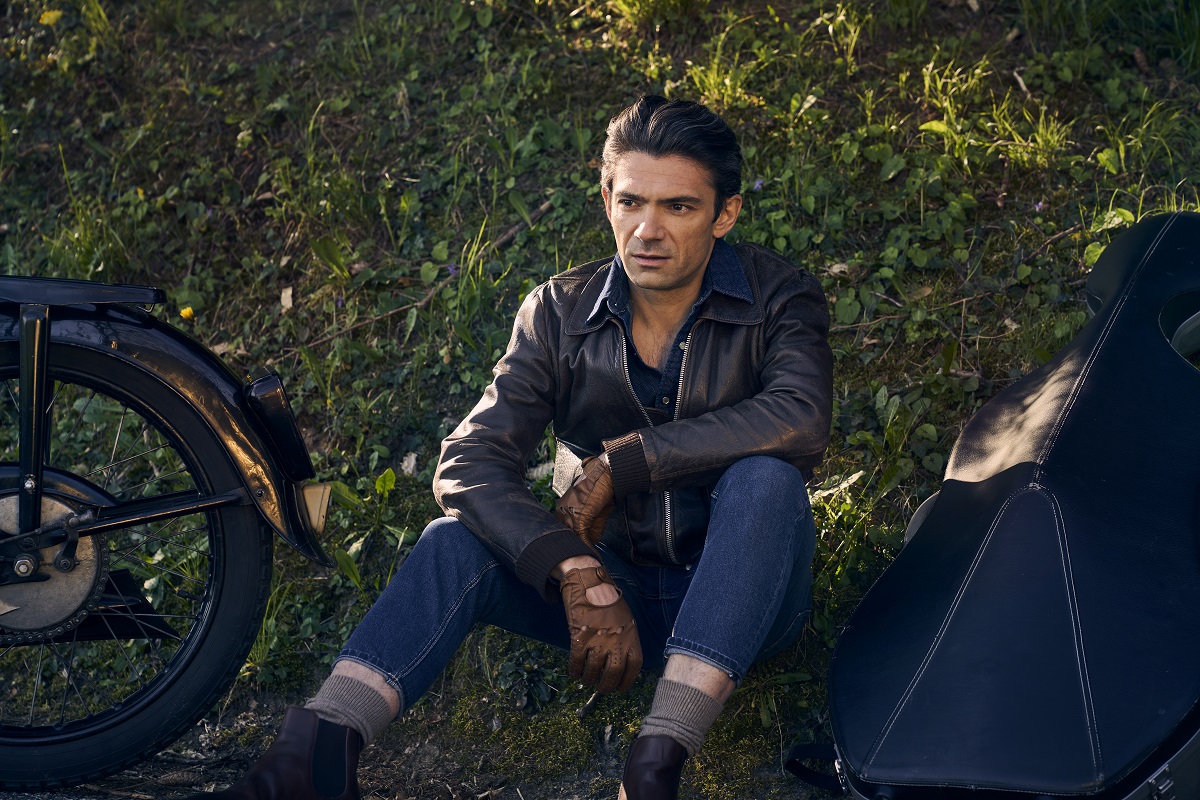
Daring lightness
The king of 19th-century chamber music Johannes Brahms began composing his Cello Sonata No. 1 in E minor Op. 38 in the summer of 1862, a few months before his arrival in Vienna. In the work, he put to good use his in-depth study of the music of Johann Sebastian Bach and of the legacy of Ludwig van Beethoven without having any idea that one day history would assign him a place alongside those greats in a holy trinity of composers known as the “Three Bs”. He conceived the three-movement work so that the instrumental partners would be entirely equals with their voices intertwined in perfect polyphony. The original title, Sonata for Piano and Cello, also confirms the equal importance of the piano part. The whole composition is permeated with Baroque elements, then the most room is given to them in the fugal finale based on Contrapunctus 13 from Bach’s Art of the Fugue. To a certain density, Brahms adds his own unmistakeable lyricism, daring lightness, and harmonic richness, and like Beethoven he combines contrapuntal elements with sonata form.

A wedding gif
Few lovers of the string literature will not know the lovely Cello Sonata in A major by César Franck (1822–1890), which the composer originally wrote for violin, and which he dedicated to the Belgian violinist and composer Eugène Ysaÿe in 1886 as a wedding gift. We know from Ysaÿe that Franck initially had a cello sonata in mind. That may also be why had gave his permission for a leading French cellist Jules Delsart (1844–1900), who had fallen in love with the work, to arrange it for his own instrument. Several more arrangements have been made, including versions for flute, oboe, clarinet, saxophone, and even violin with orchestral accompaniment, but the cello version is the only arrangement that Franck authorised. The four-movement composition is structured in a cyclical form, so in all of the movements, musical themes that have already been used reappear but in a slightly altered form. Franck’s “invention” is derived mainly from the compositions of Franz Liszt. The attentive listener will certainly notice the improvisatory character of the third movement or the remarkably executed canonic imitation at the conclusion. It is said that the work acquired its emotional colouring from the composer’s unrequited feelings for his pupil Augusta Holmès, his junior by 20 years.
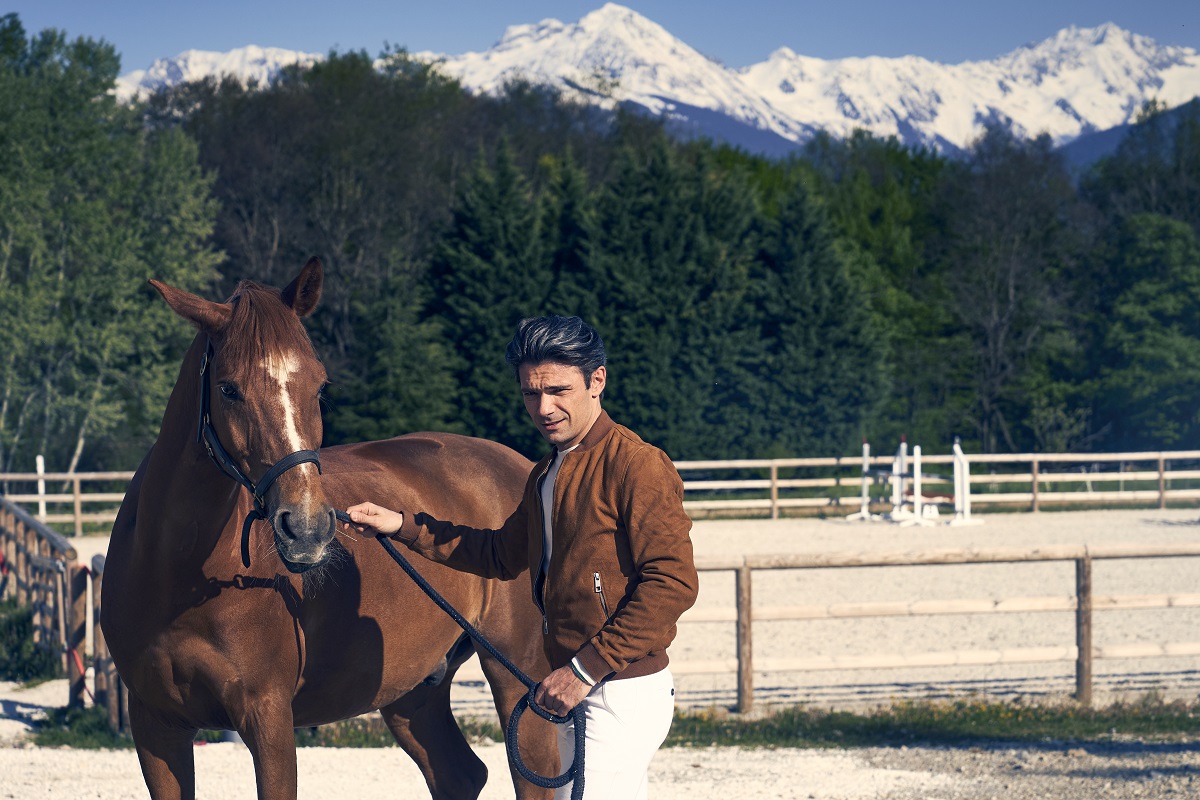
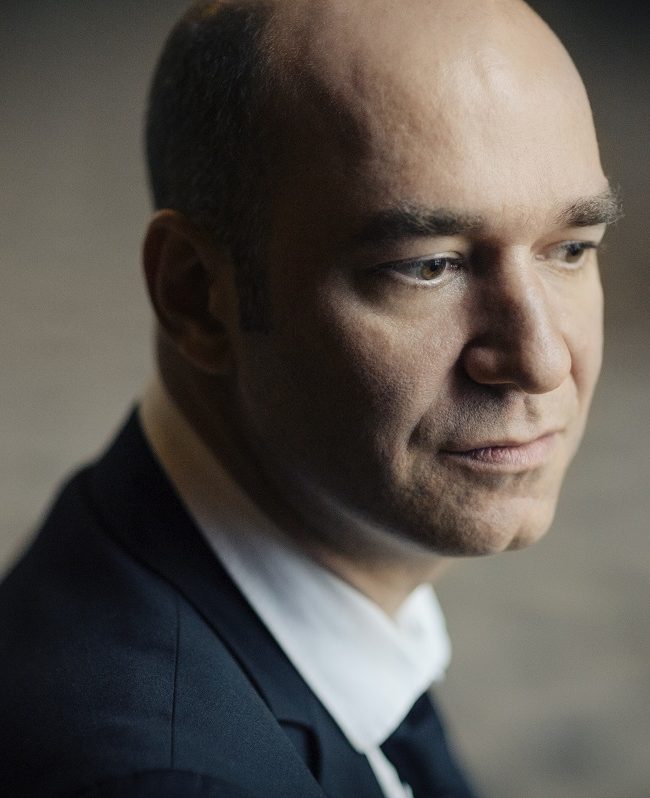
Empathy and versatility
When Jérôme Ducros and the countertenor Philippe Jaroussky gave a recital of Schubert songs in 2020 at London’s famed Wigmore Hall, a critic wrote about Ducros: “Not only was he a sensitive partner for Jaroussky’s vocal lines, but an inestimable voice in his own right creating depth and meaning from the music of these pieces.” Empathy and versatility are the virtues of this French pianist and composer who makes solo appearances, is a sought-after chamber music partner, composes, and last but not least is the author of theoretical texts.

A profile of the Artinst-in-Residence Gautier Capuçon
The artist-in-residence for the 77th annual Prague Spring Festival will be the French cellist Gautier Capuçon. The festival public will have the opportunity to discover one of the world’s finest instrumentalists on three different programmes. In the Rudolfinum’s Dvořák Hall he will appear with the pianist Jérôme Ducros (16 May), with whom he has been collaborating successfully for 25 years, at the Prague Crossroads he will present works for solo cello that are included on his most recent album Souvenirs (17 May), and finally with the chief conductor of the City of Birmingham Symphony Orchestra Mirga Gražinytė-Tyla he will perform Edward Elgar’s great Cello Concerto (18 May). “I am enormously pleased and honoured to have been invited to this year’s festival”, says the artist concerning his residency at his very first appearance at the festival. “I’m very happy and honoured to be invited for the next edition of the festival. It’s going to be fantastic and also intense to be able to experience three different programmes. I’m very impatient to be back; Prague is a city of my heart; I have great memories of it.”



